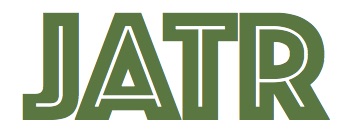Research Trends on PID Control and Reinforcement Learning Control on Drone
Journal of Advanced Technology Research,
Vol. 4, No. 1, pp. 6-13,
Jun.
2019
 10.11111/JATR.2019.4.1.006,
Full Text:
10.11111/JATR.2019.4.1.006,
Full Text:

Keywords: Unmanned Air Vehicle, Drone, Drone Swarm, PID Control, Artificial intelligence, Reinforcement Learning
Abstract
Statistics
Cite this article
Keywords: Unmanned Air Vehicle, Drone, Drone Swarm, PID Control, Artificial intelligence, Reinforcement Learning
Abstract
Statistics
Cite this article
[IEEE Style]
J. Kim, G. Hwang, C. An, Y. Han, "Research Trends on PID Control and Reinforcement Learning Control on Drone," Journal of Advanced Technology Research, vol. 4, no. 1, pp. 6-13, 2019. DOI: 10.11111/JATR.2019.4.1.006.
[ACM Style]
Ju-bong Kim, Gyu-Young Hwang, Chae-Hun An, and Youn-Hee Han. 2019. Research Trends on PID Control and Reinforcement Learning Control on Drone. Journal of Advanced Technology Research, 4, 1, (2019), 6-13. DOI: 10.11111/JATR.2019.4.1.006.


